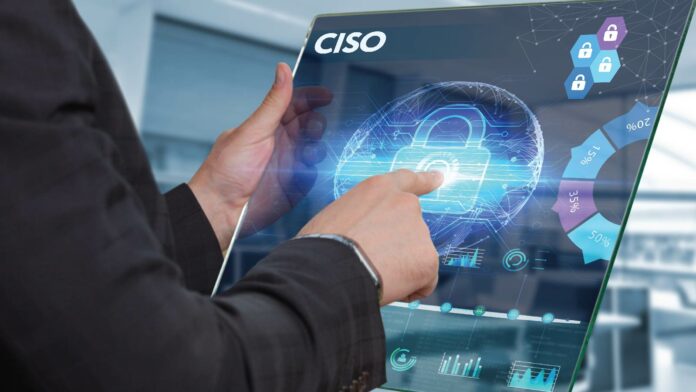Every firm nowadays employs a Chief Information Security Officer (CISOs). The position of CISO has grown critical in carrying out the activities of the business.
The world has experienced the biggest pandemic, which has forced all sorts of enterprises to enable remote workforces without prior planning. It necessitates CISOs ensuring digital security in the face of new developing threats.
There are five key areas CISOs must priorities to optimize cybersecurity and data protection in the years ahead:
Making Cybersecurity a Boardroom Agenda:
As every organization experiencing a digital transformation, security has become everyone’s top priority. A CISO’s responsibility has significantly extended from focusing just on technology to taking into account business concerns. They should communicate with colleagues from other business divisions, emphasizing the necessity of a robust cybersecurity priority. Using management level councils and forums to interact with stakeholders will be crucial for achieving strategic goals.
Investing in cloud security:
As more businesses adopting the cloud, thus more CISOs must prepare against increased cyber risks and cyberattacks, data breaches, account hacking, etc. The greater the volume of information in the cloud, the greater the number of cybercrimes.
Even though most cloud provider companies provide in-built security capabilities to protect data, comply with regulation, and maintain privacy, ensure access control capabilities for effective security risk management and protection. However, it remains difficult for organizations to develop a robust strategy for cloud security governance, cloud design, and skills expertise, as most attacks arise due to the company’s lack of a comprehensive security strategy.
Implementing Basic IT Hygiene:
IT and security teams are no longer solely responsible for cybersecurity. It is critical to ensure that each employee is familiar with the security policies and agrees to be an essential part of the ecosystem, knowing and practising IT hygiene, which will serve a healthy security structure. IT hygiene is the first line of defence that a company may implement by determining what entities they want to protect, where they are situated, and who manages them.
Building Borderless Security:
The remote and dispersed workforce collects resources from the cloud, ranging from collaboration platforms to crucial work-related apps. Workflows are primarily taking place on public networks or via untrusted devices, expanding the corporate perimeter outside the conventional limits of a company. As a result, borderless security is critical to ensuring the safety of companies.
Creating a Cybersecurity Culture:
A security culture is an essential component of a broader corporate culture that inspires workers to make choices and carry out their daily tasks per the organization cybersecurity rules.
Businesses must foster an organizational mindset that prioritizes cybersecurity, offering employees adequate training on how to recognize and report threats, creating communities and workshops in fun, creative ways, and rewarding employees who help make their workplace a safer place to work.
Follow and connect with us on Facebook, Linkedin & Twitter

